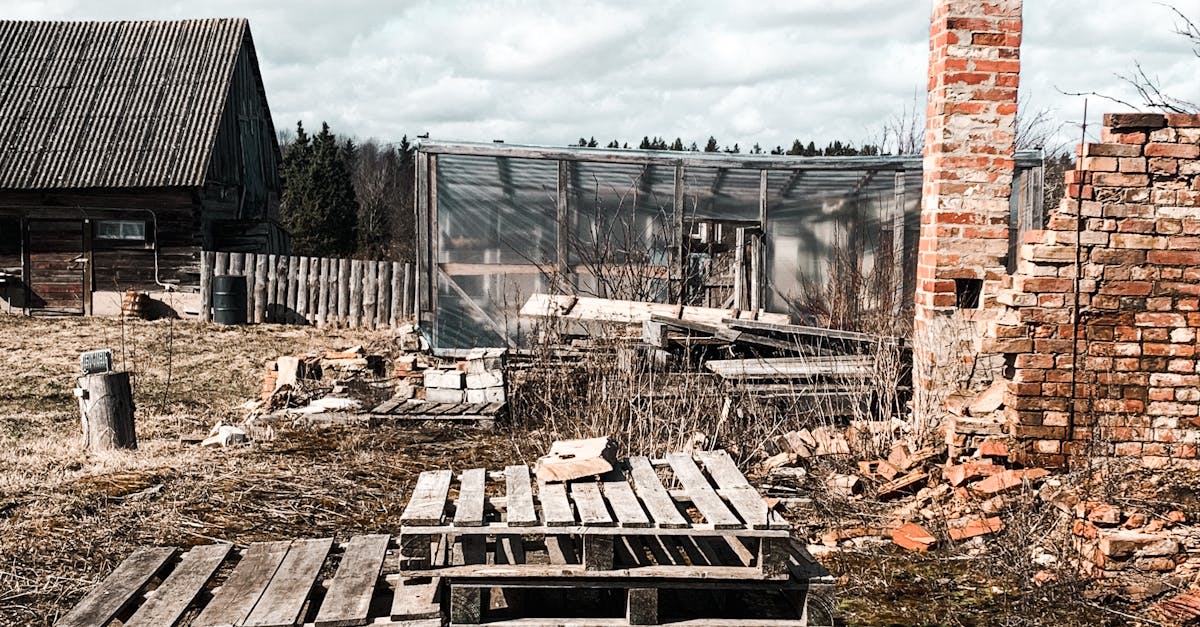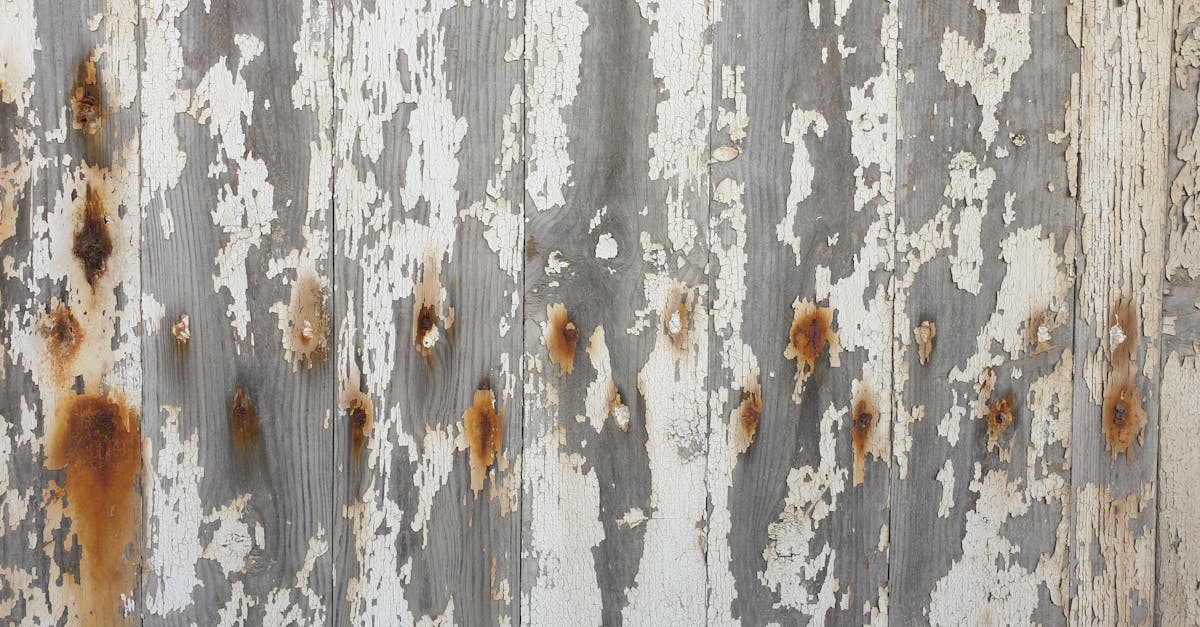
When it comes to maintaining the integrity of our homes and buildings, one of the greatest challenges we face is preventing moisture damage. This pervasive issue can wreak havoc on structures, leading to mold growth, rot, and a host of other costly problems. Essentially, moisture damage occurs when excess water infiltrates a building’s components, compromising their structural stability and causing a range of health hazards.
Moisture damage can manifest in various ways, from peeling paint and musty odors to visible water stains and warped surfaces. At its core, the key to preventing moisture damage lies in understanding its root causes and implementing proactive measures to keep it at bay. Primarily, poor ventilation, leaks in plumbing or the building envelope, and high humidity levels are common culprits behind moisture intrusion.
Broadly speaking, there are several strategies that can be employed to mitigate the risk of moisture damage. Universally, routine maintenance checks and timely repairs are essential in addressing any potential vulnerabilities in a building’s exterior and interior. Overall, investing in proper insulation and moisture barriers can significantly reduce the chances of water seepage and condensation buildup within the structure.
In essence, the importance of maintaining a dry and well-ventilated environment cannot be overstated when it comes to preserving the longevity and safety of a building. Typically, homeowners and property managers can take proactive steps such as installing dehumidifiers, ensuring proper drainage around the foundation, and sealing any cracks or gaps in the building’s envelope to prevent moisture infiltration. By prioritizing moisture prevention measures, individuals can safeguard their properties against the damaging effects of water intrusion and maintain a healthy indoor environment for years to come.
To further elaborate, when considering measures to prevent moisture damage, it is crucial to acknowledge the role of landscaping in maintaining a building’s integrity. Landscaping features such as proper grading, strategic plantings, and regular gutter maintenance can significantly aid in directing water away from the structure, reducing the risk of water infiltration and subsequent damage.
Equally important, incorporating waterproofing techniques during construction or renovation projects can serve as a proactive barrier against moisture intrusion. Utilizing waterproof sealants, membranes, and coatings in vulnerable areas like basements, roofs, and foundations can provide added protection and enhance the building’s resilience to water-related issues.
Furthermore, in contrast to relying solely on reactive solutions, an effective strategy involves educating occupants about the importance of moisture control and encouraging responsible habits. Simple actions like prompt leak repairs, adequate ventilation practices, and moisture monitoring can collectively contribute to maintaining a dry indoor environment and preventing potential water damage in the long run.
In reality, while moisture damage poses significant threats to the structural integrity of buildings, it is reassuring to know that practical solutions and preventive measures can make a substantial difference. By staying vigilant, prioritizing maintenance, and implementing appropriate interventions, individuals can safeguard their properties, mitigate risks, and ensure a safe and healthy living or working environment for themselves and future generations. Read more here
Guarding Against Excessive Moisture Damage
With this in mind, another critical aspect to consider in preventing moisture damage is the role of proper air circulation within a building. Ensuring adequate airflow throughout the structure helps reduce the buildup of excess humidity and minimizes the risk of condensation forming on surfaces. By promoting good ventilation practices, occupants can effectively combat the conditions that foster moisture-related issues.
Moreover, it is worth noting that staying vigilant against potential signs of moisture damage is paramount. Regular inspections for water leaks, damp spots, or any indications of mold growth can help identify problems at an early stage and prevent extensive damage in the future. Timely detection and prompt action can save both time and money in addressing moisture issues effectively.
In particular regard to older buildings or those located in regions prone to high humidity levels, implementing specialized moisture control measures becomes even more crucial. Strategies such as using dehumidifiers, installing vapor barriers, and incorporating proper drainage systems can significantly enhance the building’s resilience against moisture intrusion.
Simultaneously, educating individuals about the risks associated with excess moisture and the importance of maintaining a dry environment can empower them to take proactive steps in safeguarding their properties. By raising awareness and promoting best practices in moisture prevention, the community as a whole can work together to create healthier living and working spaces for everyone.
In conclusion, the battle against moisture damage is ongoing, but with dedication, knowledge, and the right preventive measures, it is possible to protect buildings from the harmful effects of water infiltration. Taking a proactive approach and addressing moisture-related issues promptly are key elements in preserving the integrity and longevity of any structure. By making moisture prevention a priority, individuals can create safe, dry, and sustainable environments for current and future generations to enjoy. Learn more here

In summary, battling moisture damage is an ongoing effort that requires dedication, knowledge, and proactive measures. By maintaining a dry and well-ventilated environment, investing in proper moisture prevention strategies, and educating individuals on the importance of moisture control, we can protect our buildings from the detrimental impacts of water infiltration. Implementing specialized moisture control measures in older or high-humidity regions, coupled with regular inspections, can significantly enhance a building’s resilience against moisture-related issues. By fostering awareness and promoting best practices in moisture prevention, we can collectively strive towards creating healthier living and working spaces for all.
In conclusion, by prioritizing timely action and staying vigilant against signs of moisture damage, individuals can safeguard their properties and ensure a safe and sustainable environment for present and future generations. With a combination of proactive maintenance, appropriate interventions, and a focus on moisture prevention, we can effectively combat the threats posed by excess water infiltration, preserving the integrity and longevity of our buildings. Ultimately, by taking these crucial steps, we can build a resilient foundation that withstands the test of time, creating spaces that are both safe and conducive to well-being. Find out more here
